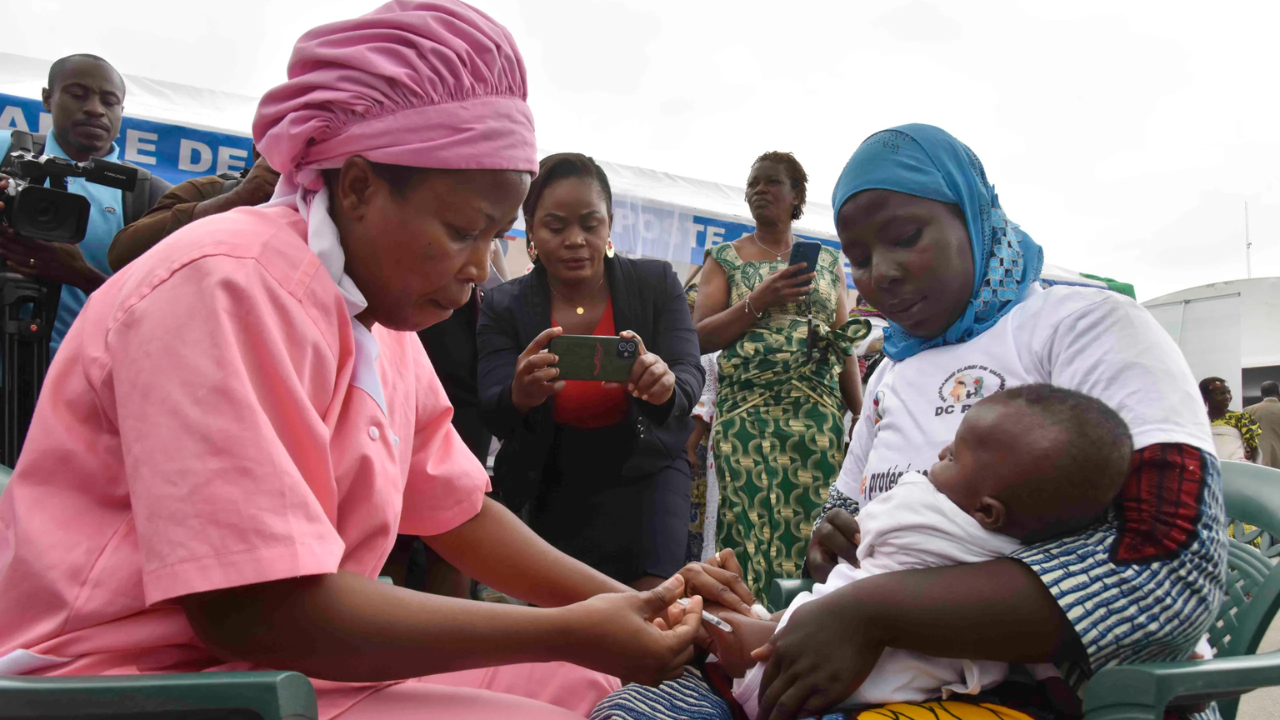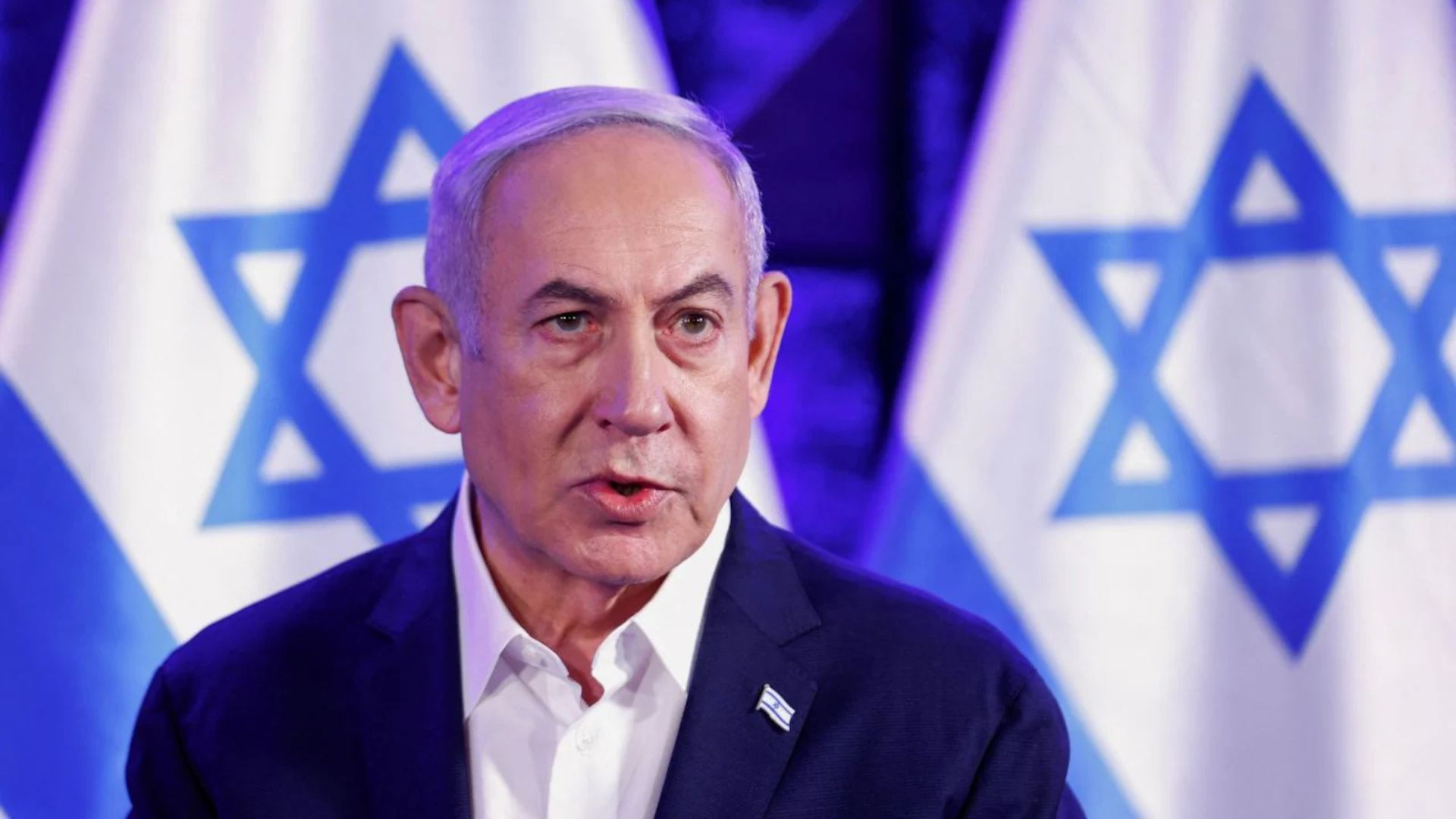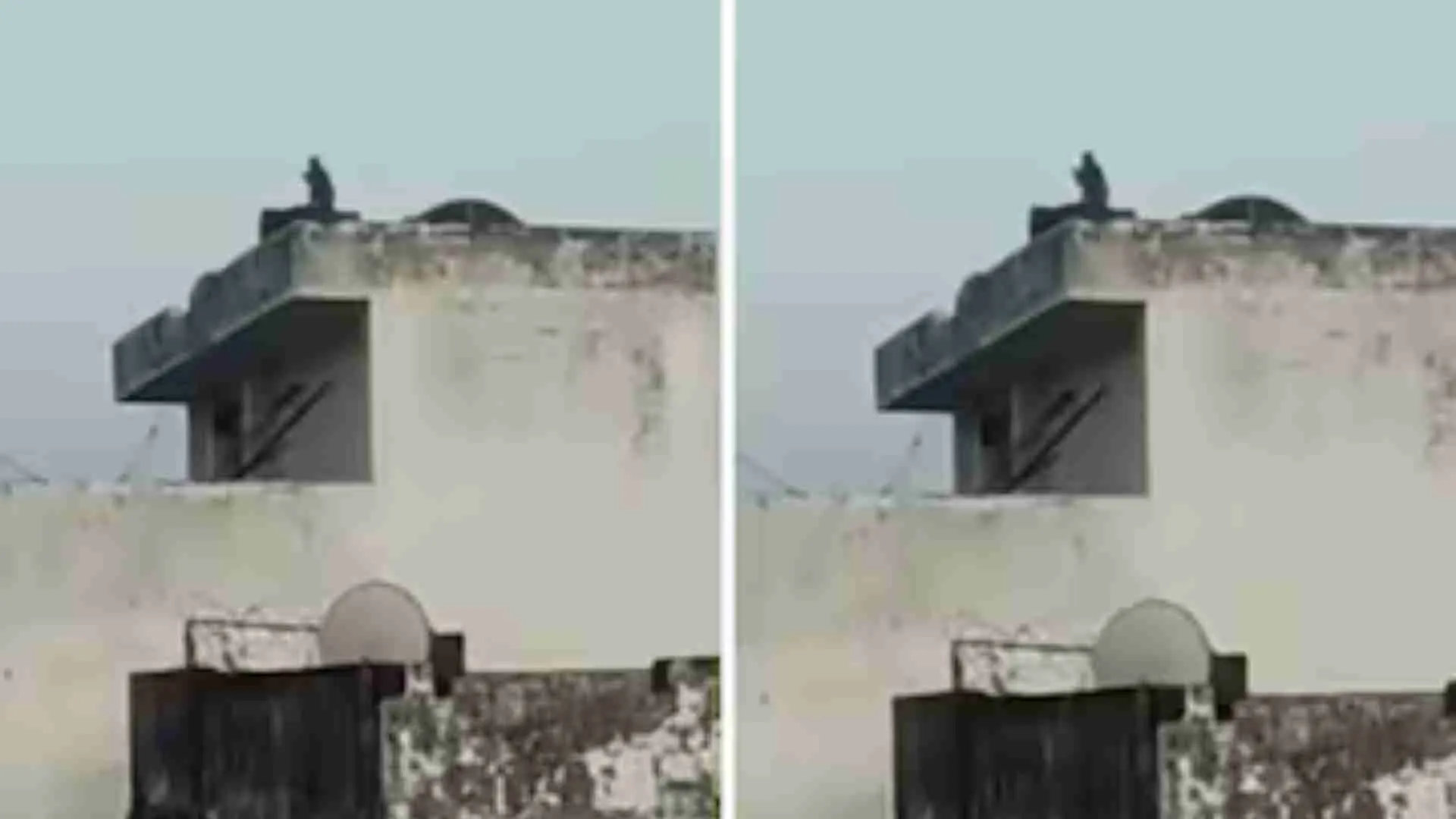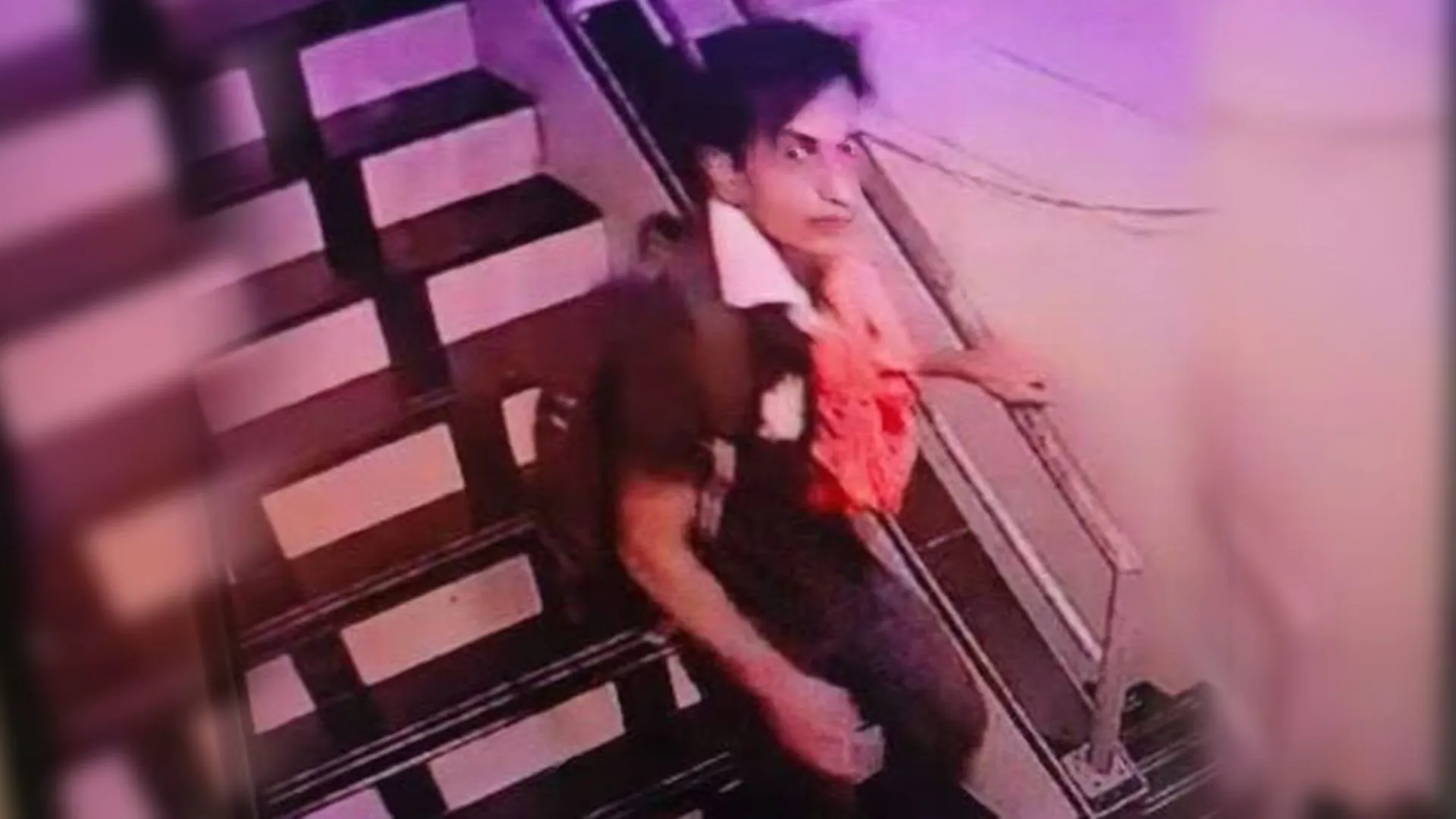Ivory Coast has begun a significant new vaccination campaign against malaria, receiving its initial doses of the R21/Matrix-M vaccine from the Serum Institute of India in collaboration with the University of Oxford. This new initiative comes as a major boost in the fight against malaria, a disease that continues to wreak havoc in the country, claiming up to four lives daily in a population of 28 million.
The World Health Organization (WHO) reports that malaria causes over 600,000 deaths annually worldwide, with Africa bearing the brunt, particularly among children under five. In response, Ivory Coast has received 656,600 doses of the R21/Matrix-M vaccine, with plans to initially immunize 250,000 children aged from newborn to 23 months across 16 regions.
Professor Adrian Hill from Oxford University highlighted the importance of this collaboration, noting that the Serum Institute’s ability to mass-produce vaccines at scale has made this rollout possible. Following Ivory Coast, the vaccination drive will expand to other African nations, beginning with Burkina Faso.
The R21/Matrix-M vaccine, which gained WHO approval in December, has shown promising results. It is designed to combat malaria by targeting the sporozoite stage of the parasite, which is the initial form that enters the human body through mosquito bites. This focus enhances immune response and prevents the parasite from causing illness.
The Serum Institute’s capacity to produce 100 to 200 million doses annually has significantly lowered the cost of each shot, from $8-$9 to approximately $4, making it more accessible. The vaccine will soon be available in Ghana, Nigeria, Burkina Faso, and the Central African Republic, among others.
In addition to the R21/Matrix-M, the WHO is also distributing the Mosquirix (RTS,S) vaccine to over 2.3 million children in regions with high malaria prevalence, including Cameroon, Ghana, Kenya, and Malawi.
The WHO aims to cut malaria cases by 90% by 2030 through early detection, affordable vaccine distribution, and mosquito control measures. Despite progress, challenges persist, including disparities in investment and health system strength among affected areas.
This new vaccination campaign represents a crucial step forward in addressing a pressing health crisis and offers hope for a reduction in malaria’s devastating impact across Africa.























